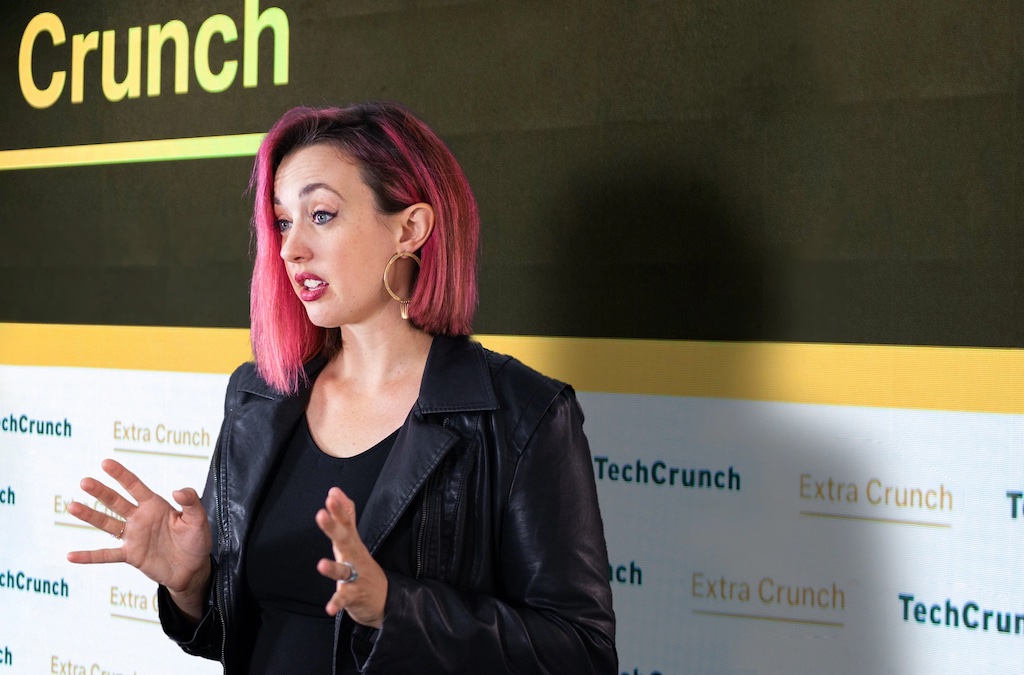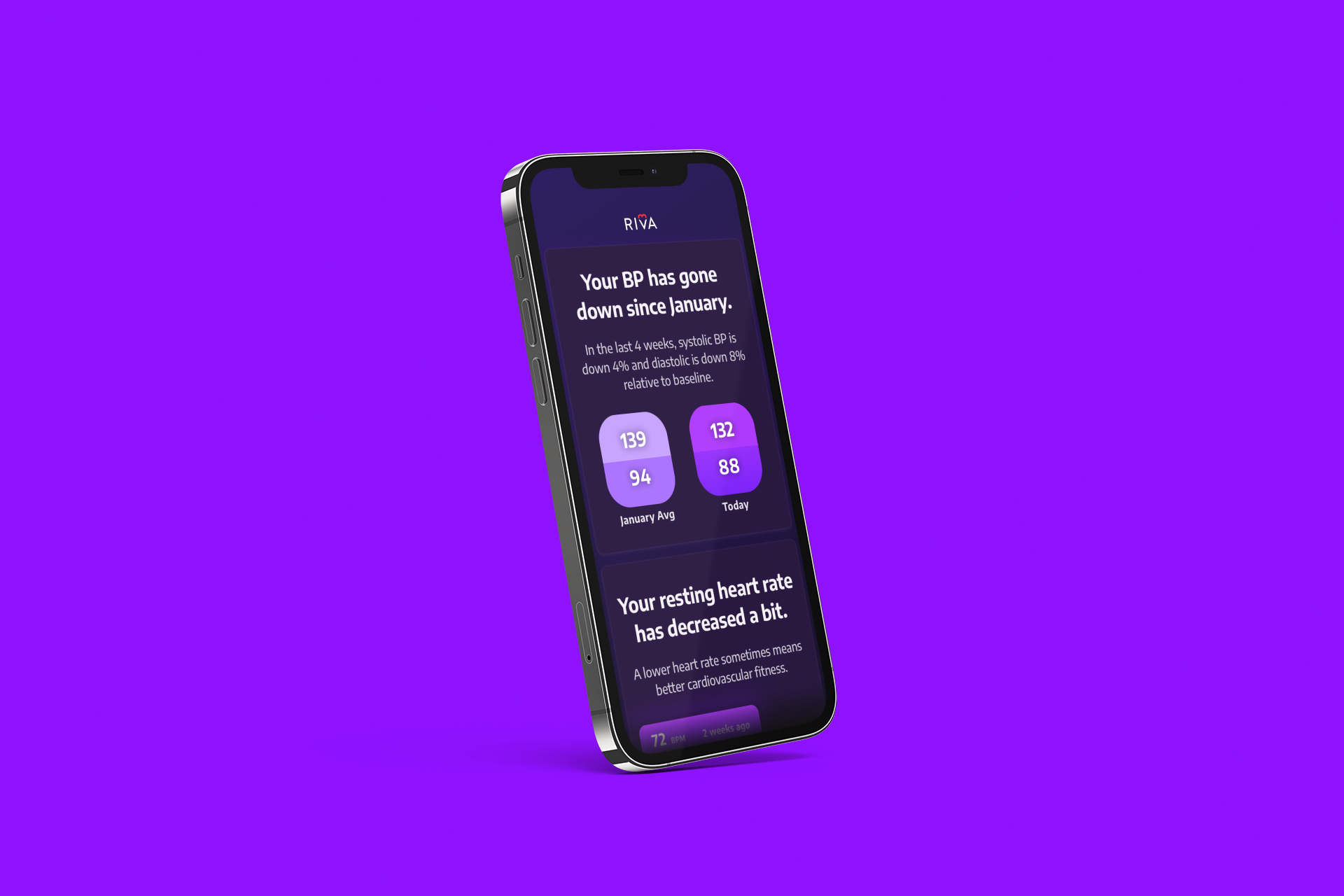“Snap, Inc. is a camera company,” Snap notes on its homepage, and while a lot of it effort up to now have been about using that camera ethos to help people share images of their lives with their social circles, today the company made an acquisition to further that camera reach in another direction: selling fashion and more generally, e-commerce and shopping.
The company today confirmed that it has acquired Fit Analytics, a startup based in Berlin that has built technology to help shoppers find the right-sized apparel and footwear from online retailers, along with a wider set of personalization tools and other analytics to help retailers figure out how to sell more overall.
Fit Analytics already works with a number of big retailers, including North Face, Asos, Calvin Klein, Patagonia, Puma, and many more — in all, some 18,000 retailers already.
In other words, Snap is adding not just a technology team — there are 100 staff at the company, based in Berlin, who will be reporting to Snap VP of Engineering Nima Khajehnouri — but a substantial e-commerce technology business into its portfolio. Fit Analytics has confirmed that it will be continuing to operate its existing business, while also working on helping Snap build out its shopping platform.
Fit Analytics’ technology lets people enter their own measurements into a tool that uses machine learning to match those dimensions up to the clothes or shoes in question to find the best fit. And although it is not the focus for the company right now, Fit Analytics also has built technology to match clothing using images that customers upload themselves — an interesting area considering Snap’s focus on the visual experience, and specifically on visuals created by its users, and of course the features it has built around lenses and other augmented reality experiences.
The terms of the deal are not being disclosed. Fit Analytics, which used to be called UpCload (and actually launched back in 2011 at a TC Disrupt event in Beijing focused mainly on “webcam” technology — this was the days before smartphone-created selfies were de rigueur) had disclosed less than $1 million in funding according to PitchBook data, although that list of customers implies that it was generating strong revenues.
Snap’s interest in the company underscores some interesting developments for the company.
For starters, it will give Snap another way to diversify its revenues. The company is now making nearly $1 billion a quarter in revenues (in its Q4 earnings, it posted sales of $911 million). The majority of that is coming from advertising on Snapchat, so Snap is naturally looking for other ways of making money.
Whether Fit Analytics is integrated into Snapchat or not, and regardless of what will happen with how Apple and Google let apps monetize on their mobile platforms, Fit Analytics is already likely pulling in a substantial amount of revenue by way of its e-commerce services for retailers. That will now be funneled on to Snap’s balance sheet.
That advertising business, meanwhile, reveals that Snap already has a substantial relationship with fashion and beauty brands.
In those Q4 earnings alone, it noted augmented reality campaigns with NYX Professional Makeup and Ralph Lauren, as well as a partnership with Perfect Corp for 200 beauty brands to upload catalogs to the Snap Camera for augmented reality try-on. Fit Analytics will help it deepen those engagements, by giving Snap another range of features that it can build out for those customers. Come for the AR filter to see how you look in a Ralph Lauren sweater, and then…shop the look.
In addition to diversifying its revenues, it could be a sign of how Snap is diversifying the kinds of bells and whistles it’s providing for its audience. Again, Snap is not commenting on how and when it plans to integrate Fit Analytics’ tools, but it is notable that Snapchat’s core audience of teen and younger users also happens to be a major target for fashion retailers, too.
Clothing, fashion accessories and shoes together made up some 33% of US teenagers’ spend in Fall 2020, according to research from Piper Sandler, against other categories like video games, music, and food. (Books got a paltry 1% – I guess they didn’t survey many bookish types…)
Slicing up the pie somewhat differently, Piper Sandler said that the majority of spend, 40%, was dedicated to “How I Look (aka the Selfie Budget)” — putting what Fit Analytics enables more squarely in the same categories that Snap is also looking to address.
Sidenote: Piper Sander’s research shows that Amazon is far and away the biggest destination for fashion shopping right now for teens, which shows how fragmented the D2C market is. That also sets up an interesting opportunity for Snap, by way of Snapchat, to provide another shopping channel for those D2C brands, while also riding on the coattails, so to speak, of Instagram and its growing role in the world of social media-based commerce.
At its core, Fit Analytics’ tools are part of what you might think of as the “missing link” in fashion e-commerce.
The benefits of online commerce are pretty extensive: people can shop whenever they want; they can get a much bigger selection of items, since the retail “space” is limited only by the time shoppers want to commit to shopping; they can get more personalised experiences; and they are increasingly getting a diversified range of delivery options and times.
The biggest drawback has, of course, been in the lack of “hands-on” interaction.
Put more simply, you have no way of trying on clothes and shoes, leading to the other big pain point: returns. Fit Analytics is part of the army of startups that have been building technology to fill that gap: others have included companies that provide visualisations of how clothes can look on a person.
Notably, these are areas where Amazon has also been making significant investments — in addition to making acquisitions like the 3D modeling startup Body Labs, it has launched a plethora of services to make it easier for people to buy from it, such as its try-on-and-return feature Prime Wardrobe. The e-commerce giant has a lot of weapons in its arsenal, but technology undoubtedly has been helping it win the fashion commerce race.
Snap has made about 20 acquisitions to date, covering areas like advertising technology, location-based services, services to further the company’s AI and augmented reality products, and forays into music. Fit Analytics appears to be the first focused on shopping and e-commerce, and specifically fashion, but if its interest in shopping continues to grow, I wouldn’t be surprised if it’s the last.






